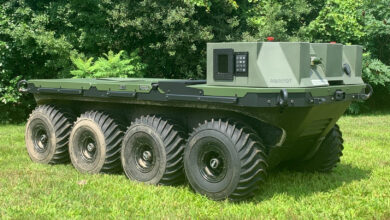Several units from the US Army’s all-hazards command will participate in chemical, biological, radiological, and nuclear (CBRN) training with NATO allies in Canada beginning this week.
The multi-national training is being held to develop and enhance NATO’s CBRN defense capabilities, also improving the readiness of the NATO Response Force’s CBRN Defense Battalion.
According to biological threat assessment section chief Maj. Joshua M. Carmen, the exercise will help soldiers validate their capabilities in an austere environment.
He further stated that the event will address gaps and challenges in sampling, receiving, testing, and reporting potentially hazardous materials.
“Working with a partner nation always improves our ability to support international missions, and having so many nations concentrated in one exercise, along with the live agents, makes this a great opportunity to see how our multinational partners operate and lets them see our capabilities,” Carmen remarked.
In addition to the US, CBRN troops from Canada, Austria, Belgium, the Czech Republic, Denmark, France, Germany, Italy, the Netherlands, Norway, Slovakia, and the UK will participate in the drill.
Investments in CBRN Defense
The US has invested millions of dollars to bolster its CBRN defense capabilities amid evolving threats.
In March, US Army National Guard units participated in a biannual CBRN exercise in Alaska, responding to all-hazards events while coordinating with civilian assets and federal agencies.
The US Air Force also tested its new protective suit that protects airmen from CBRN attacks.
Finally, the US Defense Threat Reduction Agency also allocated $15.7 million for an augmented reality technology that displays biological and chemical threats.












